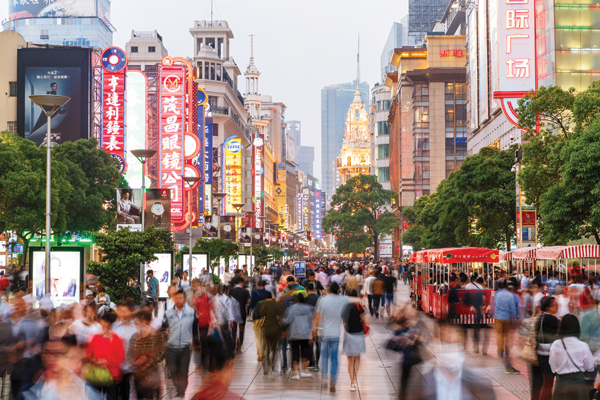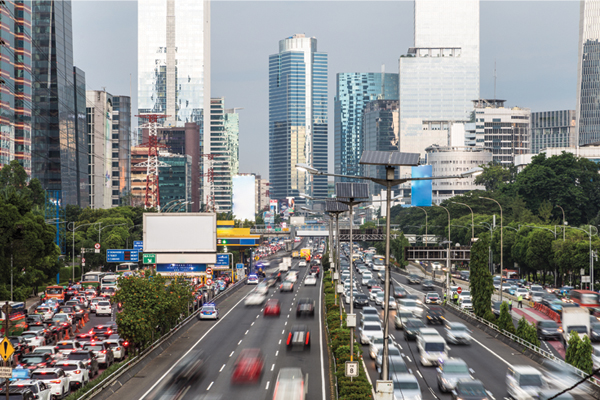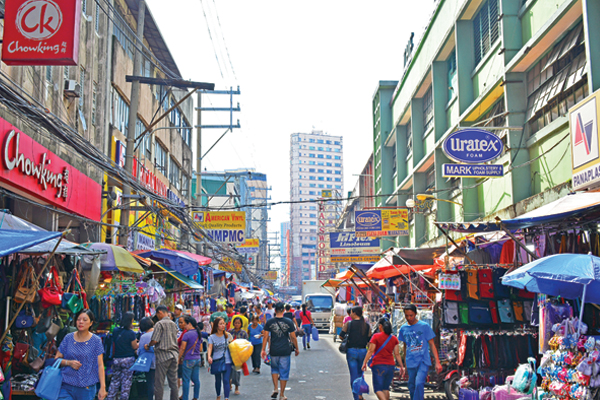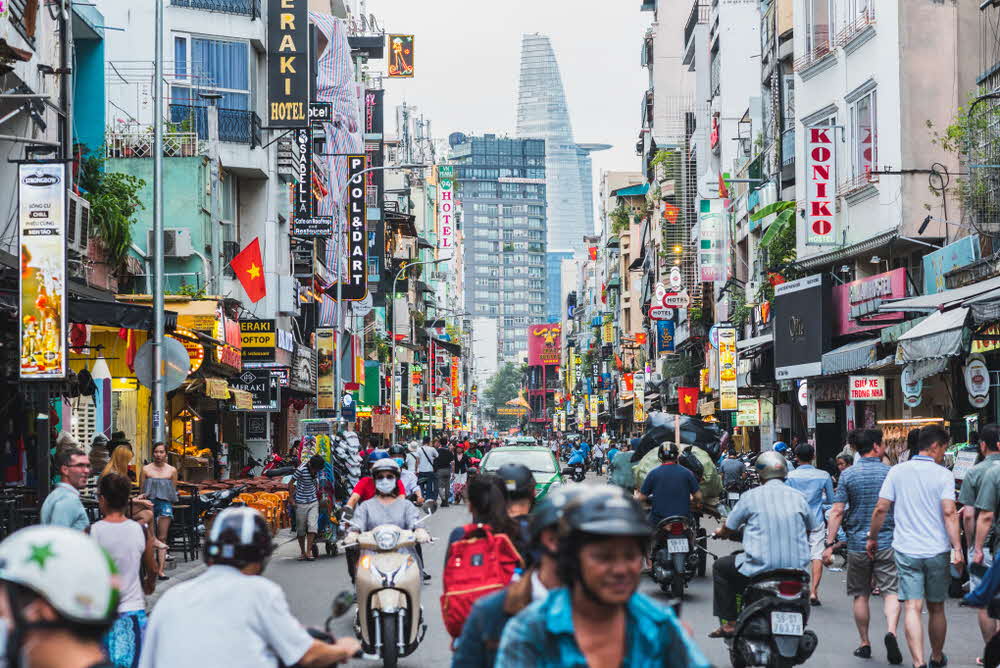-
China
-
Indonesia
-
Philippines
-
Vietnam

S$170.18b
Total bilateral trade in goods with Singapore (2024)
Capture new retail opportunities
China is steadily becoming one of the world’s largest consumption markets, with private consumption set to hit US$12.7 trillion by 2030. The market is also ahead of the curve in online to offline (O2O) commerce, presenting opportunities for your company to learn about innovative retail models and emerging retail trends.
-
Tapping market opportunities with e-commerce
As job quality and income levels increase, the majority of China's households are becoming urbanised. Your company can leverage cross-border e-commerce as a relatively simple and cost-effective way to test and enter the China market. You would need to invest in your brand and digital strategy to increase your chances of success in the highly competitive market.
-
-

S$74.16b
Total bilateral trade in goods with Singapore (2024)
Capture new retail opportunities
Indonesia is Southeast Asia’s largest economy, and its most populous one. The country saw steady economic growth of about 5% from 2016 to 2020. Lifestyle and consumer sectors in Indonesia are known to be brimming with potential. As the backbone of the economy during the pandemic, consumer spending contributes around 54% of Indonesia’s total GDP.
-
Engaging young urban consumers
Indonesia's urban consumers are concentrated in its 12 large cities, including Jakarta, Medan and Surabaya. The booming middle class is set to be a key growth driver by 2030, projected to contribute 72% of spending in Indonesia. With more than 40% of the population under the age of 24, you can leverage opportunities to meet the needs of changing consumer lifestyles.
-

S$19.18b
Total bilateral trade in goods with Singapore (2024)
Capture new retail opportunities
One of the largest growing consumer markets in Southeast Asia, the Philippines has an expanding population of 109 million. Its young, primarily English-speaking population is open to global brands and willing to spend on consumer goods and services, offering good opportunities for your company to grow.
-
Tapping a vibrant shopping and e-commerce culture
The Philippines’ accelerated adoption of digital services has helped Shopee and Lazada emerge as the top two e-commerce marketplaces in the country. With the construction of numerous shopping malls and the long-term potential of e-commerce, your company has ample opportunities to enter the country through both online and offline means.
-
Accessing the market through the Retail Trade Liberalisation Act
To attract greater foreign investment in the retail sector, the Philippines updated the Retail Trade Liberalisation Act in 2022, announcing a reduction of the minimum paid-up capital requirement for foreign consumer companies. Seize this golden opportunity to expand into this Southeast Asian market.

S$31.67b
Total bilateral trade in goods with Singapore (2024)
Capture new retail opportunities
Vietnam has been one of Southeast Asia’s fastest growing economies, with a GDP growth of 2.91% in 2020. Vietnam has also seen strong consumer spending in line with its fast-growing middle class. In 2019, sales of retail goods and consumer services hit a record high of over US$214.8 billion, an 11.8% year-on-year increase.
-
Engaging young urban consumers
Vietnam has a lively retail scene, with young consumers increasingly seeking foreign brands amid the proliferation of new retail malls. Demand for most imported consumer goods and services is concentrated in larger cities such as Hanoi and Ho Chi Minh City.
-
Riding the e-commerce wave
With the rise of online shopping, Vietnam’s e-commerce industry is expected to hit US$35 billion by 2025, with more consumers adopting digital ways to shop. Leverage this opportunity to enter the Vietnamese market.

